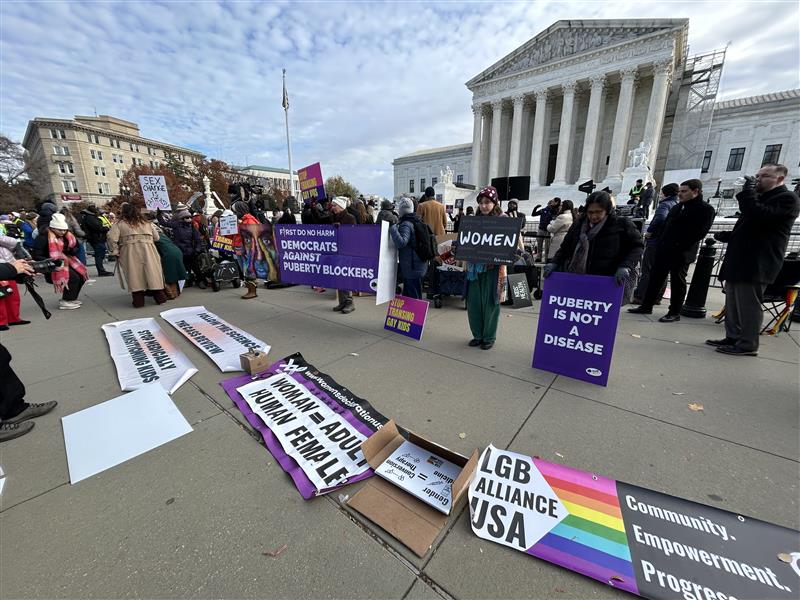
This marks the 700th HOA Homefront column since it debuted in 2005. At this milestone, I would like to share with you 12 significant challenges for HOAs.
1. Neighborhood alienation. As technology advances with increasing use of computers to communicate and attend meetings (and someday even vote), meaningful interpersonal contact between neighbors decreases. Finding points of social connection is more important than ever.
2. Lack of acceptance of differing views. The societal rifts built and grown by social media bedevils HOAs (and governments and even families). Intolerance of opposing views weakens communities and increases conflict. Finding a common ground of respect (not unanimity) is critical for community health.
3. Aging buildings. HOAs exploded after the 1970s. Thousands of buildings are now 30, 40, or 50 years old. Major renovations are inevitable, with the accompanying inconvenience and expense to communities.
4. Increasing insurance costs. The major contraction in the HOA insurance market is not over. HOAs that struggled with major emergency assessments in 2023 to meet unexpected major insurance premium hikes are likely to face the same or even greater insurance costs in coming years.
5. Inadequately funded reserves. Without diligently accumulating reserve funds over the course of years, aging communities are at risk of major special assessments and/or long-term bank loans to repair major building components (roofs, plumbing, balconies, and the like).
6. Shortage of qualified managers. Despite the lack of any barriers to taking up HOA management as a career, management companies struggle to find competent managers. The lack of legal requirements to become an HOA manager results in a massive disparity of qualifications in the profession, and many HOA boards gravitate toward cost instead of credentials and service level. Until the state takes up manager licensing, homeowners are largely unprotected.
7. Struggling mixed use complexes. The “mixed use” condominium, combining residential and business units into a single building, creates built-in conflict. Urban planners often insist that all new multi-unit buildings in urban areas are mixed use, but many such HOAs have ongoing controversy as the business owners have different priorities than the residents.
8. Failure to accept the tradeoffs. In HOAs, owners trade independence for shared benefits. Our American culture has always prized private property ownership, but the real estate industry has increasingly moved past pure private ownership into shared ownership — the HOA. Many homeowners do not embrace the shared model, chafing against their loss of individual control.
9. Sparse consumer and real estate professional education. Most consumers and even their real estate agents do not understand the importance of reviewing governing documents carefully before closing a purchase. The Community Associations Institute has substantial educational resources but its resources are insufficiently used.
10. Increasingly noncompliant smaller HOAs. HOAs less than 10 units in size rarely have professional management or legal counsel. As the law becomes increasingly complex, they fall further behind, often operating more as partnerships than HOAs.
11. Unreasonable legislative views. Many legislators see HOAs as mini-governments that should be regulated like public agencies. However, HOAs are neighborhoods run by unpaid volunteers and governed by private covenants.
12. HOAs are governed by people … and people are fallible.
One begins to solve problems by first acknowledging their existence. Let’s work together toward that end. Maybe by column #800, we can see solutions!
Kelly G. Richardson, Esq. is a Fellow of the College of Community Association Lawyers and Partner of Richardson Ober LLP, a California law firm known for community association advice. Submit column questions to kelly@roattorneys.com. Past columns at www.HOAHomefront.com.







